Mexico City has “rediscovered” pulque and pulque bars, despite the fact that they have been part of the capital´s culture for hundreds of years. Forget stodgy, neglected places where regulars warily eye outsiders, pulquerías today offer a wide variety of welcoming atmospheres that attract younger crowds to again enjoy the old “drink of the gods.”
So what is the big deal about pulque?
Unlike tequila and mezcal, pulque’s Mesoamerican credentials are not disputed, and have been extensively documented since long before the Spanish arrived. To the Mexica, this fermented agave drink was sacred and its use highly restricted. Secularized and marginalized during the colonial period, it survived anyway. In fact, large fortunes were made after railroads permitted easy transportation of pulque from rural haciendas in the late 19th century. However, at this time commercial beer production was introduced as “modern” and “hygienic.” Beaten down, pulque still survived, even in the sophisticated capital, waiting for revival. That revival came on the heels of mezcal and tequila, but drinking pulque is a cultural experience best done in establishments dedicated to the beverage. .
What is “Mexico City pulque”?
What makes drinking pulque in Mexico City special is not the pulque itself. Almost all of it comes from the surrounding states, such as Hidalgo, Puebla, and in particular, Tlaxcala, where there is space to grow the giant maguey the beverage is made from.
However, this does present a small problem. Pulque is fermented by a bacteria, not a yeast, and the process continues even after the bacteria has produced all the alcohol it can. This means that pulque can pass from a delight to a poor-tasting, viscous concoction (not dangerous but not pleasant either).
No matter where you decide to have your first taste of pulque in the city, here are a few tips. 1) Enter the pulquería as soon as it opens. The pulque will be its freshest. 2) Try it “curado” or flavored–especially for your first taste. 3) Enjoy pulque in a well-known, reputable establishment with an atmosphere to your liking, something far easier to do than even just 10 years ago.
Curado flavors vary quite a bit, often depending on the season and the preferences of the subset of pulque drinkers that frequent the pulquería. Traditional flavors include various berries, mango, cactus fruit, coconut, tomato, celery, pecan, pine nut, and oatmeal, but it can include very local and seasonal fruits such as chokecherry (capulín) and nance fruit (nanche). In addition, Mexico City establishments often experiment with new flavors, including piña colada, Oreo cookie, coffee and even seafood, especially oysters.
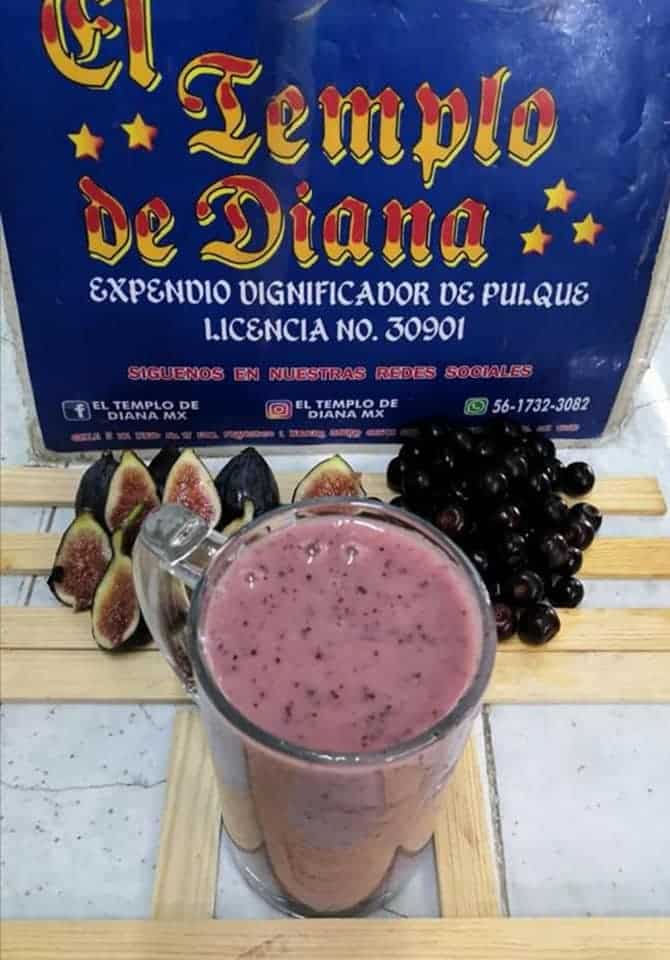
Traditional vs “neo-pulquerías”
Drinking pulque is more than quaffing down a cup just for its taste and/or (low) alcohol content. Mexico City pulquerías offer an array of social and cultural experiences.
The simplest division is “traditional” vs. “modern” based on the age of the establishment, but it’s more nuanced than that. New pulquerias integrate traditions from the past, and many of the oldest have evolved.
Several Mexico City pulque bars have been in business for over 100 years. Patricia Cardoso is a noted promoter of pulque culture in central Mexico and the founder of Pulquipedia. “Traditional pulquerías are museums, places that safekeep energy. When I am in one of them, I feel like a time traveler; I imagine love gained and love lost; sadness and happiness … for more than a century.” Often this history is found on the establishment’s walls with old photos, memorabilia, or massive murals.
Fortunately, many of these historic places can be found in or near “La Mexico City” (The Roma, Condesa, and Centro neighborhoods that most foreigners visit and live in).
Traditional pulquerías generally have a number of features in common: tiled walls and bar, a religious altar, take-out, and wandering vendors hoping to make a few pesos selling snacks or shining shoes.
You may have been warned against visiting a pulquería, but this caution is outdated. There may still be some pulquerías where outsiders are not welcome, but these are most likely to be in unwelcoming neighborhoods. Yes, women used to be excluded. Cardoso says that when she started going to pulquerías almost 20 years ago, it was somewhat awkward, but those days are completely gone. Instead, most pulquerías are inviting places, says Cardoso remembering her first visit to one in Tacubaya. “Obviously I loved the pulque, but I really loved the atmosphere of the place, the way people related to each other. Strangers were chatting with each other, adding to the music, dance and food, and even board games.”
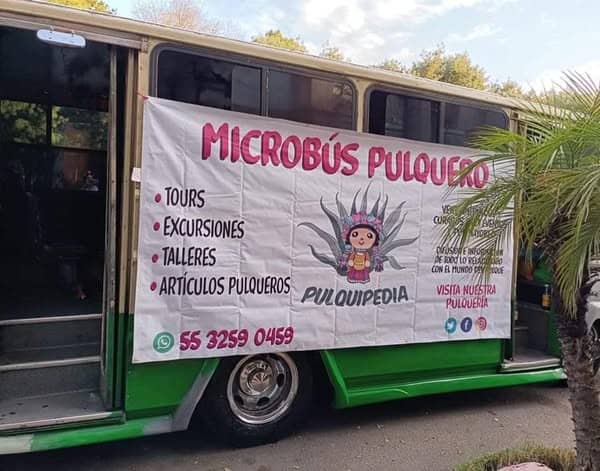
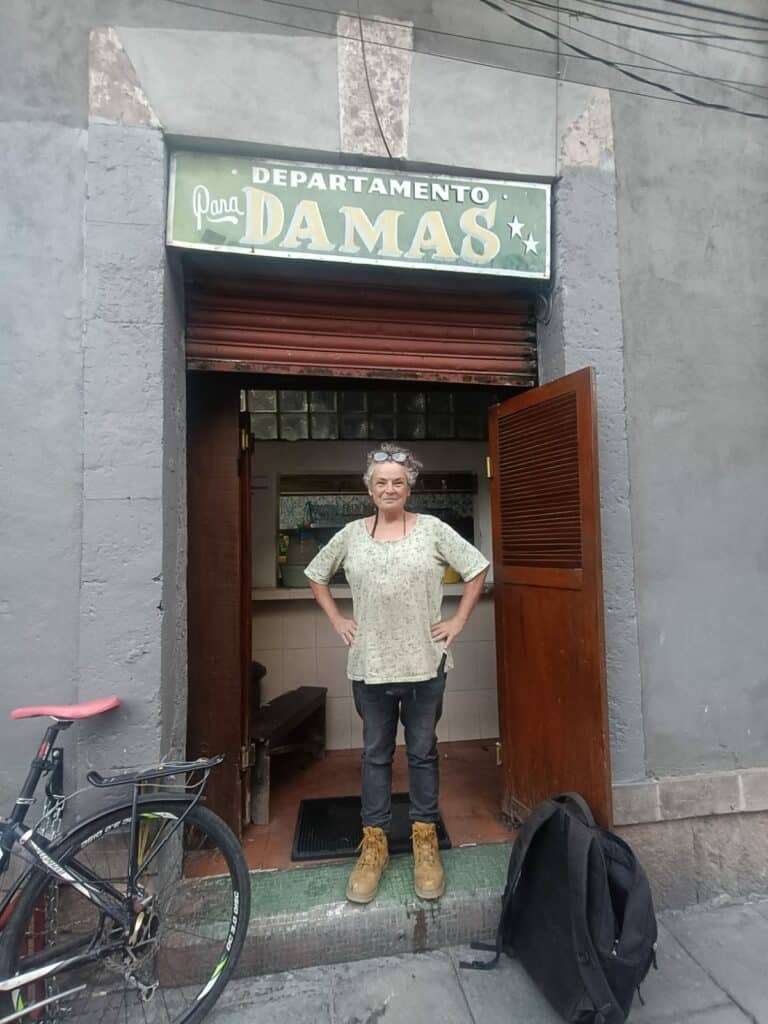
Mexico City has also seen the rise of “neo-pulquerías,” mostly located in upscale and tourist areas, often with other drinks and even a full menu. These range from updated versions of the old neighborhood joints to establishments that are hard to distinguish from modern bars and nightclubs.
The surroundings that a pulquería offers is no indicator of the quality of its pulque; however, they can provide novice pulque drinkers an ambience that is comfortable based on their preferences.
Whether traditional or “neo,” most pulquerías offer something to munch on. That can be as simple as botanas (chips, nuts and the like) to antojitos (tacos and small plates of prepared food) and, in newer establishments, full meals.
Music is an important part of many pulquerias. Some have old jukeboxes that are still 100% mechanical, but live music can be found, especially on weekends. Many are important venues for bands just starting out. You are more likely to hear some of the music from 80+ years ago at more traditional pulquerías, but it is not unusual to hear cumbia, ranchera, salsa, rock-and-roll, and even more recent styles in both old and new places. Some pulquerías even host small conferences and art exhibitions.
So where should I go first?
That really depends on your taste and situation.
Because of Mexico City’s exploding tourism industry, the capital established the Museum of Pulque and Pulquerías (MUPYP). Here you can get a quick but thorough overview of pulque’s history and importance to the country. It also offers a convenient in-house pulquería called Panana, whose offerings are as good as any in the city.
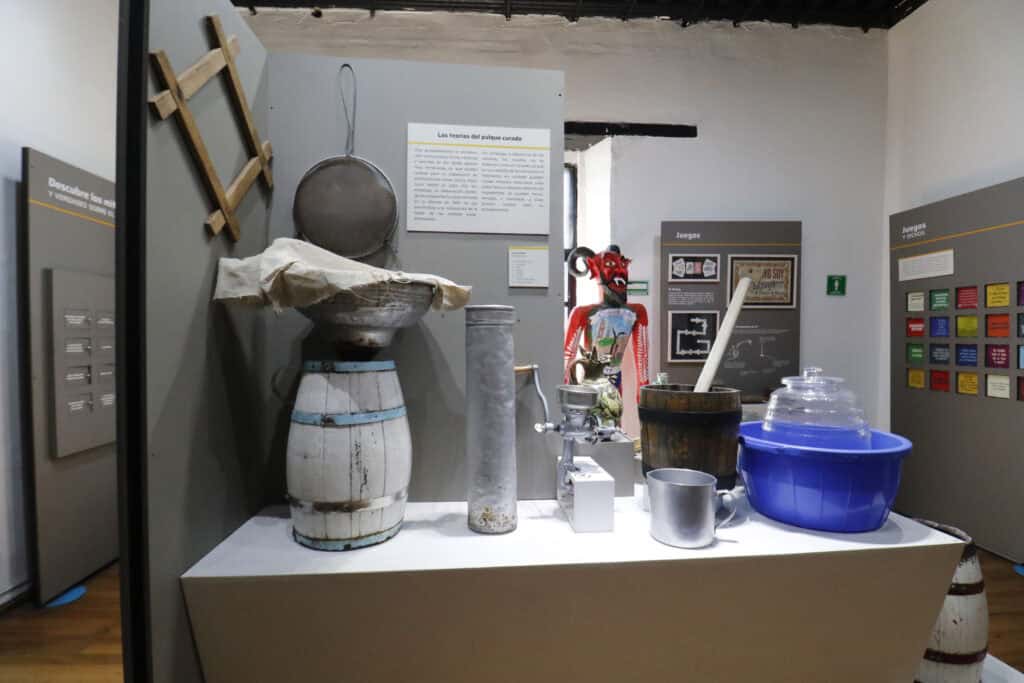
If you are looking for a place locals go to, there are just too many noteworthy ones to mention, so my apologies for those I leave off this list. Many Mexican media outlets have published top 5/10 lists, but this one here is tailored more to foreign visitors and residents.
Las Duelistas is in a part of the historic center that’s accessible for many foreigners but not exactly touristy. Established over 110 years ago, it retains much of its tradition, although owner Arturo Garrido updated its look when he took over. He claims that Las Duelistas is still a traditional pulquería, in contrast to establishments that “sell pulque as a novelty.” Its attractions include the murals by urban artist Guillermo Carreño, and up to 40 curado flavors available on any given day. It is one of the most successful pulquerías in Mexico City, often running out by 7pm.
I personally have introduced pulque to several novices at Los Insurgentes, a neo-pulquería. It was established in an old mansion in Colonia Roma, which was redecorated with murals. The decorators took advantage of the many rooms to provide different settings, and these nooks are worth exploring. Weekends are hopping with loud, often live music. It offers both beer and cocktails along with pulque.
Cardoso introduced me to La Antigua Roma, which curiously is not in Colonia Roma. With over 100 years of operation in its location in the historic center, it maintains one important vestige from its past – a “women’s apartment” that allowed sales to women who were not permitted to partake inside. The outside is still humble, but the interior is covered in recent murals. One of its icons is a wooden replica of Manneken Pis, the famous Belgian statue of a small boy peeing. It is said “good luck” comes to those who gently touch the tip of its penis. The crowd is definitely younger and foreigners are not rare here either. The most impressive part is its welcoming, laid back (if somewhat loud) atmosphere.
With 80 years of history, La Pirata is located in Colonia Escandon near Metro Patriotismo. It is a well-respected establishment that often draws an older crowd. It is quite traditional, with a menu that include items like guacamole with tortillas (not chips), maguey worms, and snails. There are a wide variety of curados, but traditional ones are heavily favored
Another traditional pulquería with a long history is La Hija de los Apaches, founded in 1940 by former boxer Epifanio Leyva “Pifas.” It is located in Colonia Doctores, which does not have the best reputation; but this area is perfectly fine during the day. The decoration demonstrates parts of Mexico’s boxing history and includes a working mechanical jukebox. Today, the pulquería caters to a mix of generations with old regulars sipping traditional and non-traditional curados alongside younger ones. Weekdays are calm but weekends jump a bit more with live music and food specials. It does sell beer as well.
La MalQuerida is located in the rising Santa Maria la Ribera neighborhood. Founded in 1945, it is mostly traditional although beer and micheladas (beer cocktails) can be had. It retained a number of traditional elements, like its jukebox, but has added murals as well. One of its draws is that it offers snacks such as tostadas for free with the beverages. It is relatively small and tends to be crowded with younger people on weekends.
Painfully, I had to take out profiles of many worthy pulquerías due to space, so I will quickly mention some here: La Risa and Sol de Lluvia in Centro, La Paloma Azul in Portales, La Rosita in La Viga, El Recreo near La Merced (known for being the site of the famous photo of men drinking pulque) and La Canica in Colonia Tabacalera.
The beverage is also making a comeback at the city’s numerous street fairs. These provide a family-friendly atmosphere with a wide array of food and activities. Mexico City seems to invent more every year and new additions include the Feria del Pulque y el Mezcal in Colonia Condesa (August), the La Feria del Pulque y la Barbacoa in Magdalena Contreras (May), Festival del Pulque y la Gastronomía Típica in Colonia Condesa (September), Feria del Pulque in Xochimilco (October/November) and the Tianguis del Pulque y la Cerveza in Tlatelolco (March).
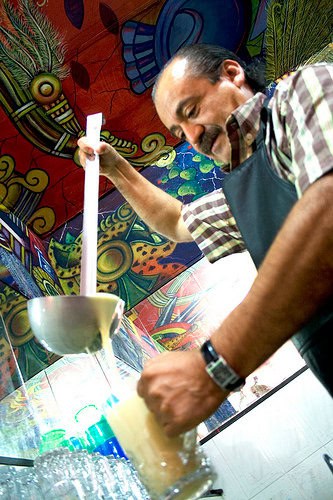
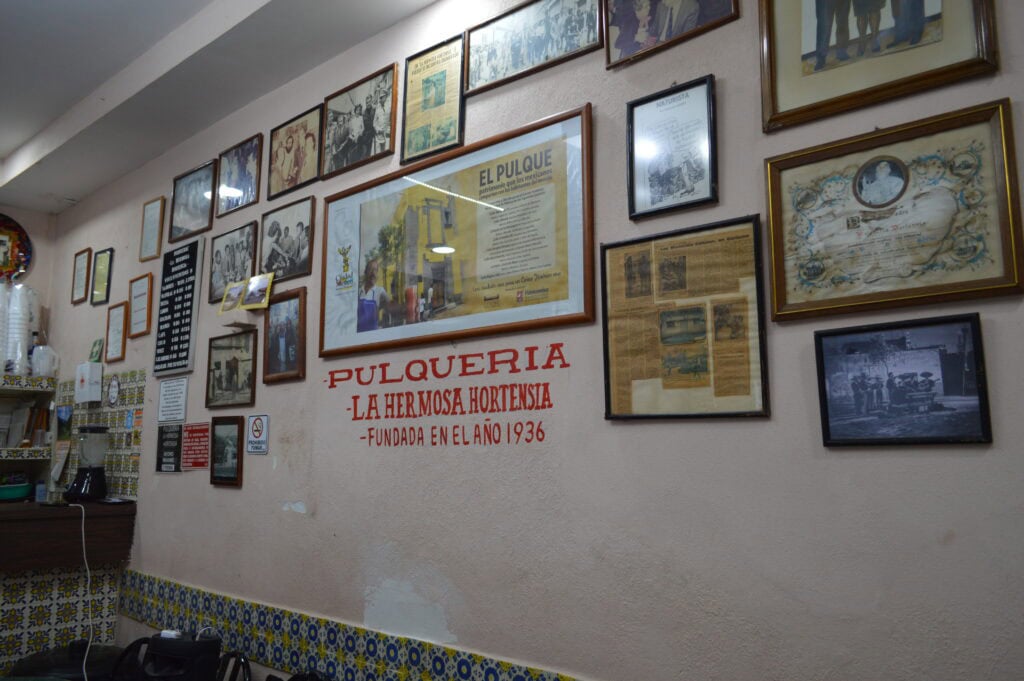
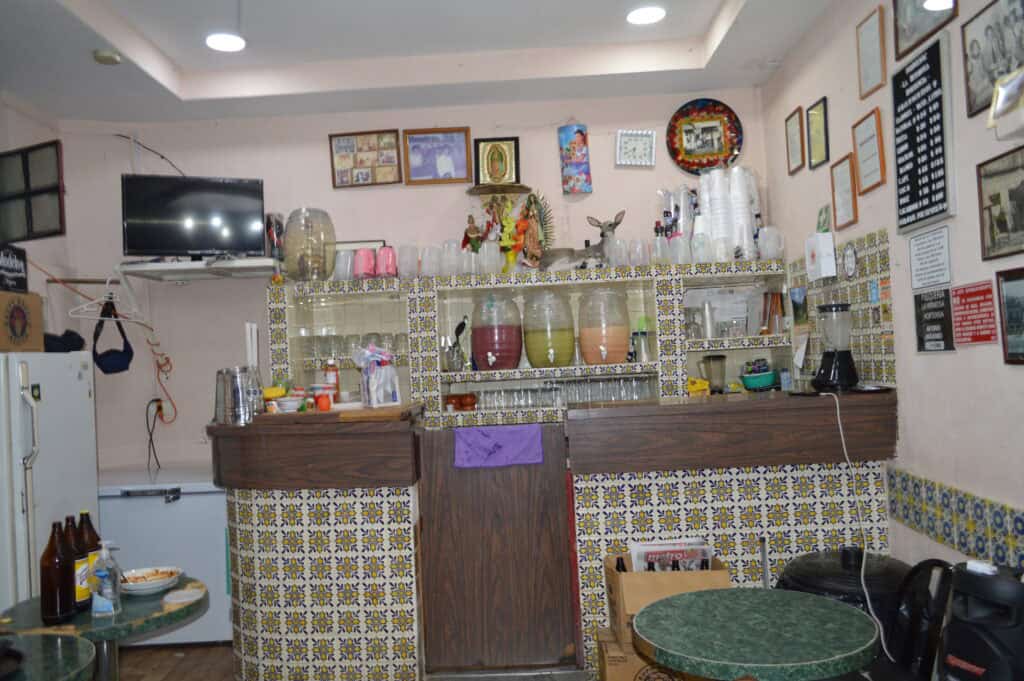
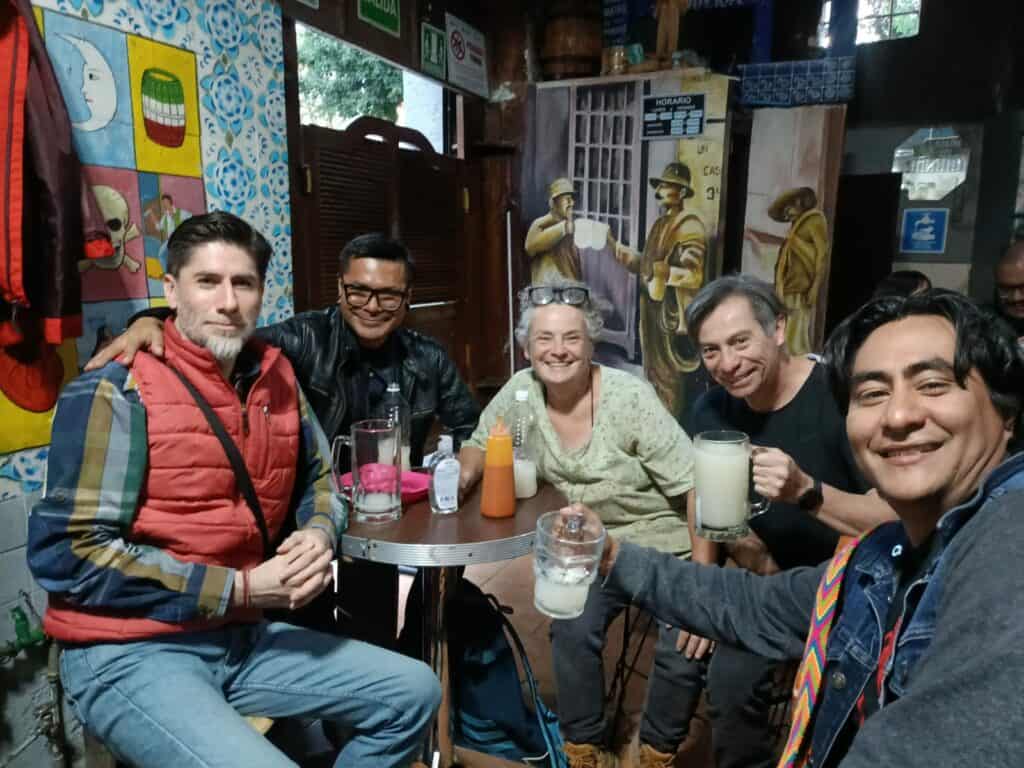

Future of Mexico City’s pulque culture
The recent resurgence of pulque in the city greatly increases the beverage’s chance of survival into the 21st century. In the past few years, the federal government declared February 5th as National Pulque Day and Mexico City declared the drink part of the city’s immaterial cultural heritage. But nothing is guaranteed.
According to several sources, there were possibly 2,000 pulquerías 25 years ago. Today, estimates vary, but the number is no higher than 80. (These refer to formal businesses, as opposed to toreos, informal venues in homes.)
In the first months of 2025, the city closed down a number of notable pulquerías for various administrative violations. According to Cardoso, this was due to a change in city administration. Some closures were warranted, she admits, as some owners had procrastinated on things they should have fixed. However, she and others feel that some closures were arbitrary, and establishments that sell only pulque should have different regulatory rules because they are cultural institutions. The issue has been resolved, at least for now, and all are now again open for business.
I admit that despite 22 years of living in the Mexico City area, I was both surprised and impressed with the variety and depth of the capital’s pulque culture. I’m still surprised at the gourmet-like knowledge necessary to enjoy this beverage, and the joy to be had when you drink a really good one in a great atmosphere. It is something that simply cannot be replicated anywhere else as it brings together centuries-old tradition with urban vibrancy.
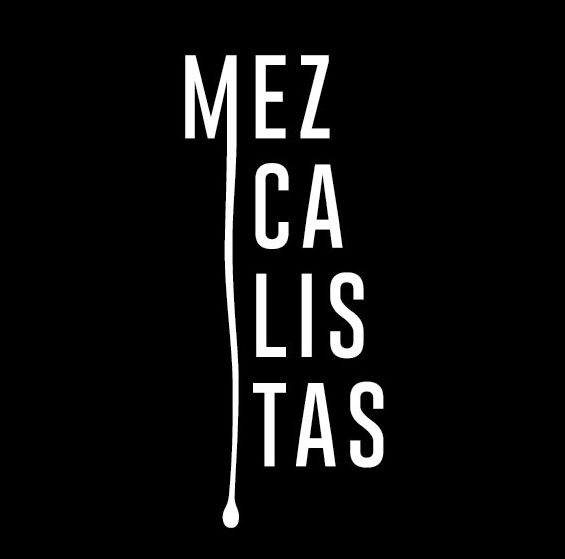
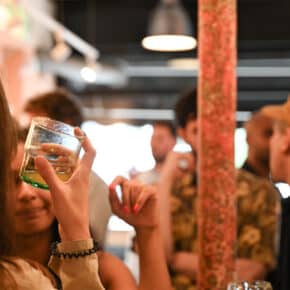
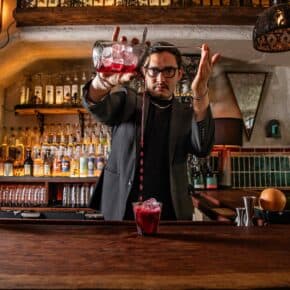

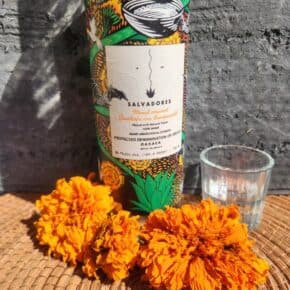
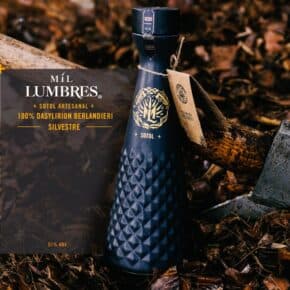
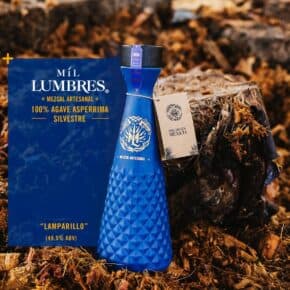





Leave a Comment